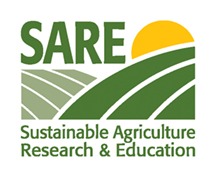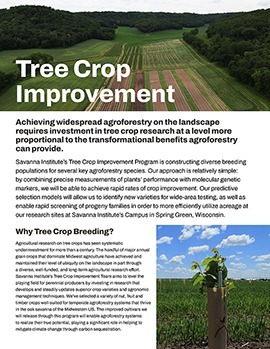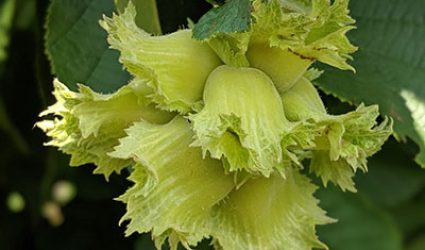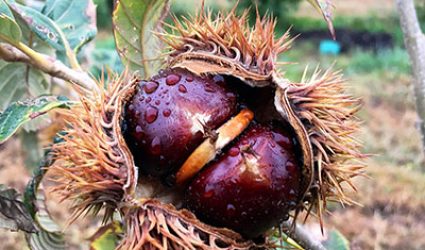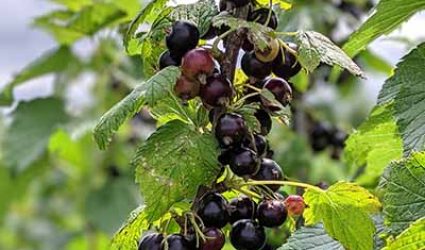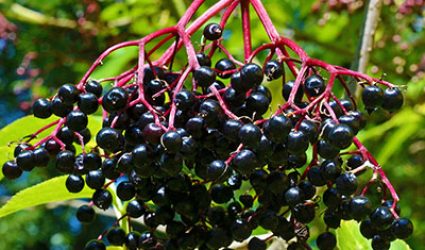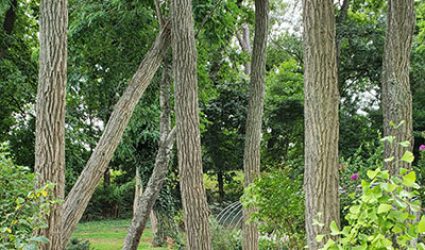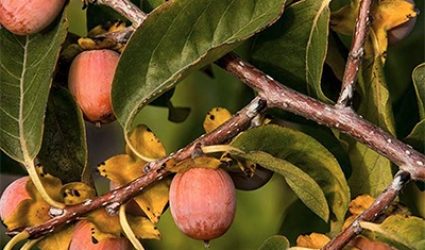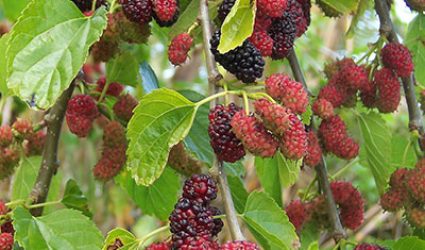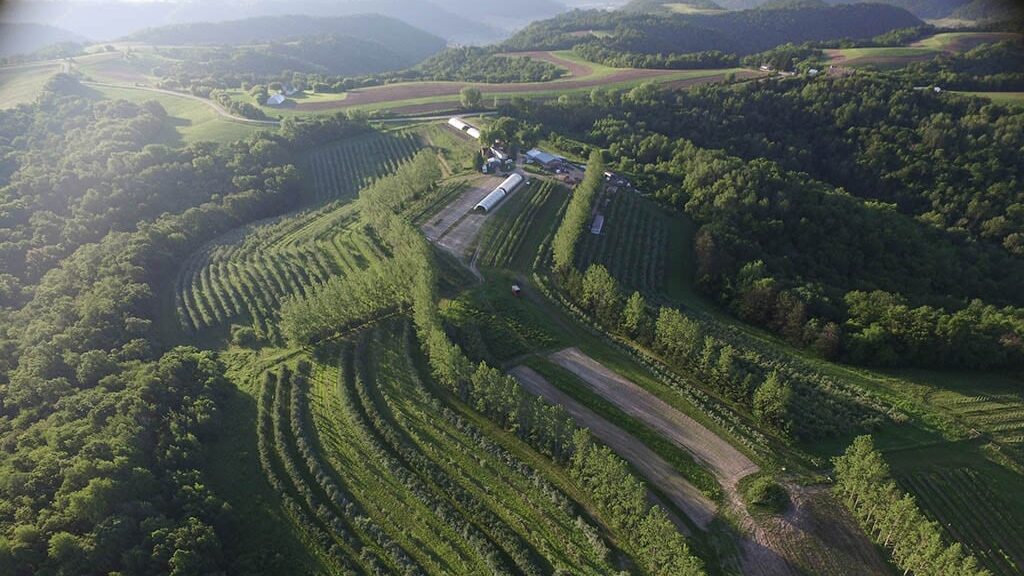Looking for the best tree crop varieties for the Midwest
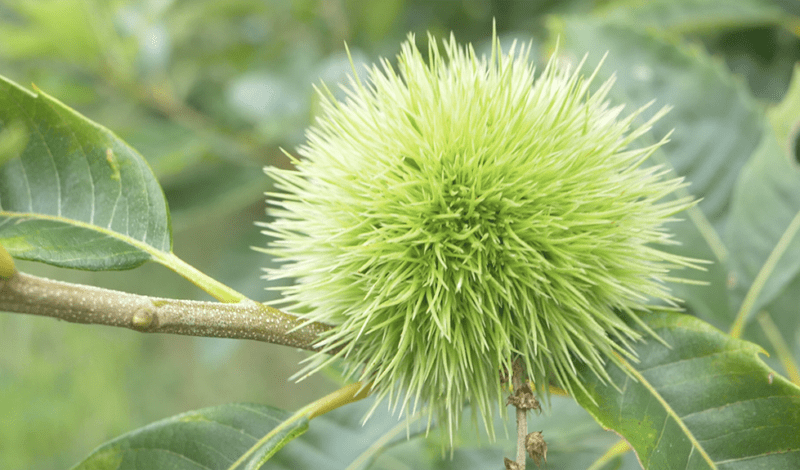
RESOURCE
Tree Crop Improvement Program Brief
Our Tree Crop Improvement Team will focus on the breeding and genetic analysis of seven key crops selected for their viability and scalability for US markets:
- high-value nut crops: chestnut and hazelnut
- nutritious small fruit crops: elderberry and black currant
- multifunctional timber and fodder species well-suited for silvopasture: black locust, persimmon, and mulberry
Download our program brief to learn more.
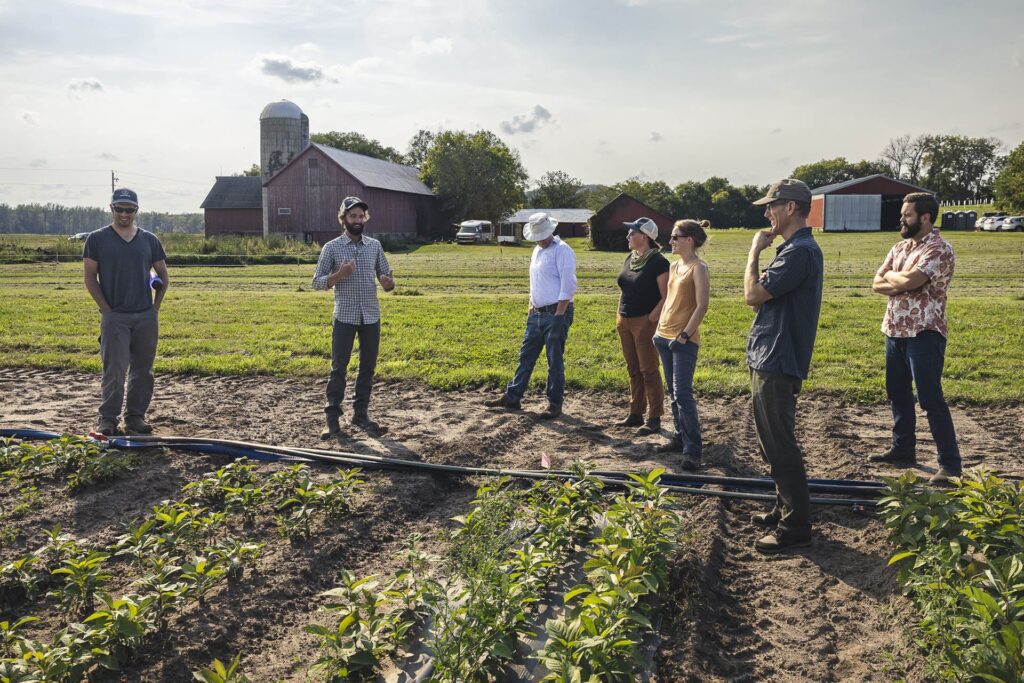
Why Tree Crop Breeding?
Agricultural research on tree crops has seen systematic underinvestment for more than a century. The handful of major annual grain crops that dominate Midwest agriculture have achieved and maintained their level of ubiquity on the landscape in part through a diverse, well-funded, and long-term agricultural research effort. Savanna Institute’s Tree Crop Improvement Team aims to level the playing field for perennial producers by investing in research that develops and steadily updates superior crop varieties and agronomic management techniques. We’ve selected a variety of nut, fruit and timber crops well-suited for temperate agroforestry systems that thrive in the oak savanna of the Midwestern US. The improved cultivars we will release through this program will enable agroforestry systems to realize their true potential, playing a significant role in helping to mitigate climate change through carbon sequestration.
Watch the Videos
What trees should you plant? Well, that depends on a lot of factors, but one of the most important things to consider is the market. Kathy Dice of Red Fern Farm has some great insights into planning your markets in this video.
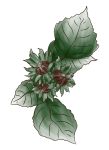
Selected Tree Crops
Nuts for Specialty and Commodity Markets
Existing specialty crop demand for chestnuts and hazelnuts in the US far outstrips domestic supply, providing immediate, high-value markets while production of these crops is still scaling up. Meanwhile, these crops have starch (in the case of chestnut) and protein and vegetable oil (in the case of hazelnut) characteristics broadly analogous to corn and soybean, aligning them with large-scale markets for bulk food ingredients, livestock feed, and bioproducts. This latent potential will help inform crop improvement efforts directed at improving yields and reducing production costs.
Small Fruits for Food and Nutraceutical Markets
Nutraceuticals have garnered immense attention in recent years due to an uptick in worldwide trends surrounding human health and nutrition, disease prevention and self-care. Black currant and elderberry are an emerging solution for meeting the increasing demand for superfoods, food & dietary supplements, sports nutrition, and functional foods & beverages. These crops also represent “quick wins”: they bear rapidly, and are important early revenue streams for farms implementing diverse agroforestry systems. This reduced time to flowering accelerates the rate of crop improvement as well, and thus we hope to make the most rapid progress on these species.
Multi-Use Trees for Livestock Fodder, Timber, and Specialty Fruit Markets
In addition to the use of persimmon and mulberry as specialty fruit crops, or black locust as a timber crop, these species have immediate, widely-scalable potential in silvopasture systems. Relative to orchard and intercropping contexts in which farmers need to learn to produce new saleable crops, silvopasture has relatively lower barriers to adoption — the trees provide supplemental forage for livestock and benefits such as shade and resilience to drought. The three species which are the focus of this aspect of our Improvement Program have to date undergone minimal genetic improvement for silvopasture use, and are poised for rapid gains.
PRESS RELEASE
$12.7 million in grants from Grantham Environmental Trust and the Matthew Zell Family Foundation will fund tree crop breeding to improve varieties for Midwestern farmers.
Thank You Partners





